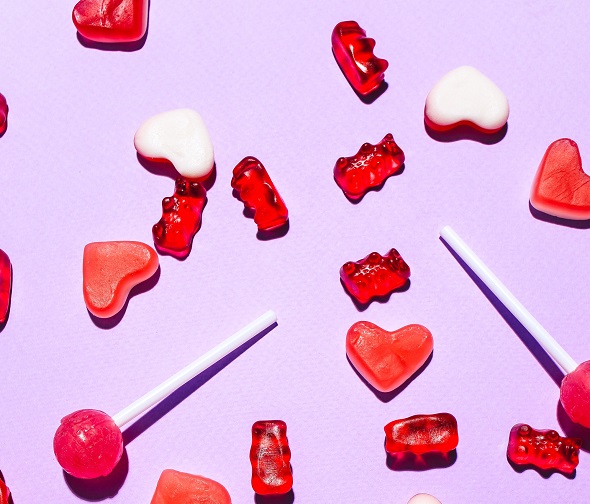The plant-based sweetener stevia has quietly gained traction with consumers and is upending established traditional sweeteners in the marketplace, according to a new report from Mintel and LeatherheadFood Research.
In 2009, only 5 percent of food and beverage products introduced to the market using high-intensity sweeteners used plant-based sweeteners entirely alone (another 2 percent used a mixture of artificial and plant-based sweeteners). By 2013, by contrast, the market share of plant-based sweeteners jumped to 15 percent (another 3 percent used a mix of artificial and plant-based sweeteners). In North America, plant-based sweeteners accounted for 28 percent of product launches between 2011 and 2013.
 Laura Jones, food science analyst at Mintel,"Much of the growth in the global sweetener market will come from increasing consumer awareness of sugar intake, and is also expected to benefit from the development of more plant-based sweeteners."
Laura Jones, food science analyst at Mintel,"Much of the growth in the global sweetener market will come from increasing consumer awareness of sugar intake, and is also expected to benefit from the development of more plant-based sweeteners."
Jones said,The gradual shift away from sugar and the rising demand for sweetened foods and beverages suggest a good business opportunity for high-intensity sweeteners, which offer a source of sweetness without the high calorie content of sugar and are increasingly appealing to consumers who are struggling to control their weight.
There are signs that the global high-intensity sweetener market has responded to this trend with increasing consumer demand for "healthier" sweetener solutions, and this response is becoming more pronounced. As an additive used in the production of food and beverage products, the global market for high-intensity sweeteners is estimated to reach $1.27 billion by the end of 2013, representing an increase of 2.8% compared to 2012. The global market for high-intensity sweeteners is expected to increase to nearly $1.4 billion by 2017, a 9.7 percent increase from 2013 levels.